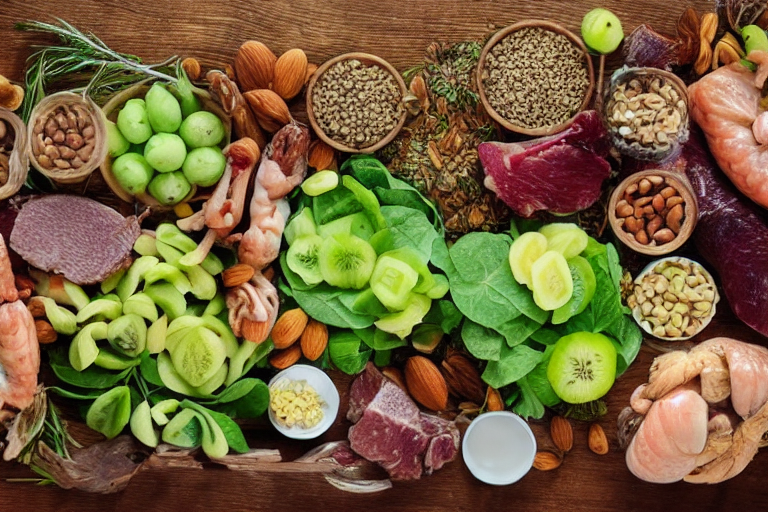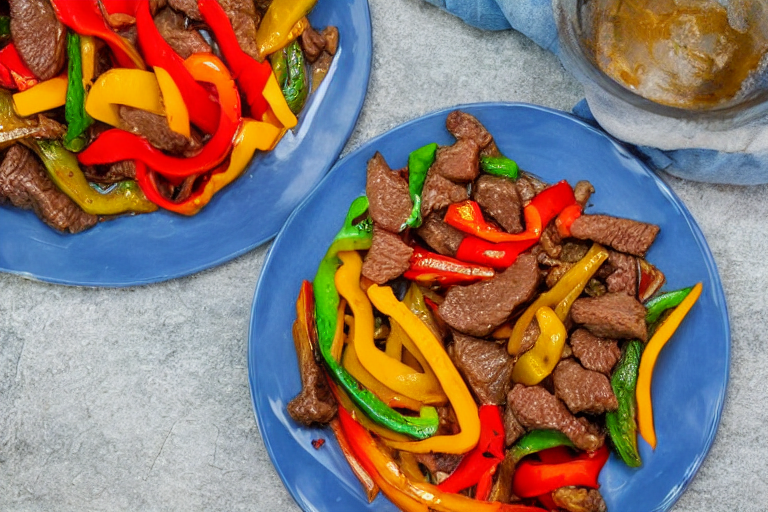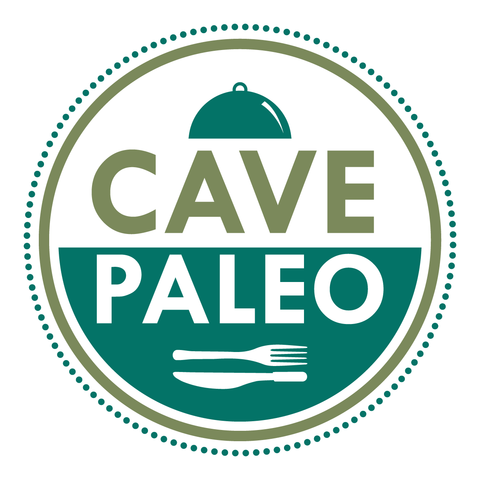The Health Benefits of Aloe Juice: Unveiling the Power of Nature’s Miracle Plant
The Health Benefits of Aloe Juice: Unveiling the Power of Nature’s Miracle Plant.
Aloe vera, a succulent plant with thick, fleshy leaves, has been revered for centuries for its medicinal properties. One of the most popular forms of aloe vera consumption is through its juice, which contains a plethora of naturally occurring vitamins and minerals. Aloe Vera has become an increasingly popular natural remedy for topical use, but did you know of the many health benefits of aloe juice that await you by drinking the juice of this miracle plant. It’s long known to be a great skin moisturizer, and an excellent skin burn and scrape remedy. Aloe Vera is also believed to be helpful in treating skin conditions like eczema, psoriasis and even diaper rash. The use of Aloe Vera has also been shown to have positive effects on arthritis, ulcers, constipation, heartburn and acid reflux, it can also pass through the intestinal wall, helping to heal your intestines from the inside. Aloe Vera is also said to be effective against cancer. There is some evidence that Aloe Vera is effective in the treatment of breast cancer, colon cancer, prostate cancer, leukemia, lymphoma, and lung cancer. In fact, there are many studies being conducted to determine if Aloe Vera can help in the treatment of other types of cancer as well.
How Does Aloe Vera Help the Body?
Aloe Vera has many active ingredients. The main active ingredient is aloin, which is a saponin. Saponins are believed to be responsible for the anti-bacterial, anti-fungal, anti-viral and antioxidant properties of Aloe Vera. Other important active ingredients that are naturally occurring in aloe vera include:
* Vitamin C
* Beta-carotene
* Calcium
* Iron
* Magnesium
* Potassium
* Phosphorus
* Protein
* Riboflavin
* Selenium
* Sodium
* Zinc
* Manganese
* Copper
* Chromium
* Amino Acids
So, How Can I Get My Daily Requirements?
There are several ways you can get your daily requirements of Aloe Vera. One way is by drinking at least 3 or 4 oz. of pure, no sugar added Aloe Vera juice per day. Or you can consume a capsule of Aloe Vera extract. Be sure to follow the manufacturers dosing.
What Are Some of the Benefits of Aloe Vera Juice?
You may be surprised to know that Aloe Vera juice is very healthy for you and is perfect without any additives. Here are some of the benefits of Aloe Vera juice: 1. Aloe Vera juice is a good source of vitamin C. It contains around 100mg of vitamin C in just 1 glass of juice. 2. Aloe Vera juice is also rich in beta-carotene. A glass of Aloe Vera juice contains around 4.5 mcg of beta-carotene. 3. Aloe Vera juice is rich in calcium. A glass of Aloe vera juice contains around 60mg of calcium. 4. Aloe Vera juice is an excellent source of iron. A glass of Aloe Vera juice contains about 0.8mg of iron. 5. Aloe Vera juice is high in protein. A glass of Aloe vea juice contains about 6g of protein. 6. Aloe Vera juice is very rich in magnesium. A glass of Aloe Vea juice contains about 25mg of magnesium. 7. Aloe Vera juice is good for the heart. A glass of Aloe Veea juice contains around 30mg of potassium. 8. Aloe Vera juice is beneficial for digestion. A glass of Aloe Vega juice contains around 3mg of phosphorous. 9. Aloe Vera juice is helpful in the treatment of diarrhea. A glass of Aloe Vegan juice contains around 30mg of sodium. 10. Aloe Vera juice is useful in the treatment of constipation. A glass of Aloe vegan juice contains around 40mg of magnesium.
The Paleo Diet Food List
The Paleo Diet Food List Create a Very Healthy Diet

Some of the foods found in the paleo diet food list.
The food we consume plays a significant role in our overall health and wellbeing. The paleo diet food list provides a healthy diet which is essential for maintaining good health, while an unhealthy diet can lead to several chronic diseases and a decline in our general wellbeing over time. Eating like our early ancestors provides many health benefits and very few if any drawbacks.
The modern diet has shifted drastically in the last few decades, with high consumption of carbohydrates, processed and artificially made foods which were’nt on our paleo ancestors food list. These unhealthy foods have become more accessible, convenient, and affordable, leading to an increase in obesity and a whole host of chronic diseases.
An unhealthy diet increases the risk of heart disease, high blood pressure, cancers, and type 2 diabetes. These diseases not only affect our physical health but have an impact on mental health as well. Processed foods are the cause of America’s failed health. The advent of processed foods was also the advent of our declining health. Long ago, large, commercial food manufacturers stopped worrying about our health needs and started worrying about profits.
Consuming unhealthy and processed foods is linked to depression, anxiety, and other mental health problems. On the other hand, when you create your weekly menu to include foods that that are on the paleo diet food list, evidence shows that this diet, high in fruits, green leafy vegetables, nuts, seeds, root plants and lean protein like fish, grass fed beef, free range, vegetarian fed chicken, is linked to better mental health outcomes and may decrease the risk of depression and anxiety.
The benefits of adopting a healthy diet through foods that are included on the paleo diet food list are numerous. A healthy diet can protect against chronic diseases, improve mental health, promote healthy weight maintenance, and increase energy levels. Eating a balanced, nutrient-dense diet rich in fruits, vegetables, lean proteins, and healthy fats can improve overall health and wellbeing.
Here are some actionable steps to help you build healthy eating habits and eliminate unhealthy choices when using the paleo diet food list to cook:
1. Plan your meals: Plan your meals ahead of time and make a grocery list, so you’re less likely to make unhealthy choices.
2. Choose whole foods: Choose whole foods, (not grains), over processed foods whenever possible. Whole foods are more nutrient-dense and provide the body with the essential vitamins and minerals it needs.
3. Limit sugar: Reduce your sugar intake by avoiding sugary drinks and processed foods.
4. Eat more fiber: Fiber-rich foods like vegetables, and fruits, are essential for improving digestion and overall health.
5. Drink water: Replace sugary drinks with water, which is essential for keeping the body hydrated and maintaining overall health.
Adopting a healthy diet might seem like a daunting task, but the benefits are worth the effort. By adding the paleo diet food list to your shopping orders you’ll be making simple, actionable changes to your diet that will help you enjoy better overall health and wellbeing.
The following is a paleo diet food list for beginners.
Fresh Fruits:
– Apples – Apples contain fiber, vitamin C, and antioxidants that can help reduce inflammation and improve heart health.
– Bananas – Bananas are high in potassium, which helps regulate blood pressure and improve digestion.
– Berries – Berries are low in sugar and high in antioxidants, making them a good choice for reducing inflammation and improving brain health.
– Grapefruit – Grapefruit contains compounds that can help lower cholesterol levels and improve weight loss.
– Oranges – Oranges are high in vitamin C, which can boost the immune system and protect against chronic diseases.
– Pineapple – Pineapple contains enzymes that aid digestion and can help reduce inflammation and improve heart health.
Quick Recipes:
– Berry smoothie bowl: Blend frozen berries, almond milk, and banana until smooth. Top with sliced fruit and nuts.
– Apple and almond butter snack: Cut apple slices and dip in almond butter.
– Grapefruit and avocado salad: Toss grapefruit and avocado slices with greens and a drizzle of olive oil.
Necessary Vegetables:
– Broccoli – Broccoli is rich in antioxidants and fiber, which can help reduce inflammation and improve digestion.
– Carrots – Carrots are high in beta-carotene, which can improve eye health and boost the immune system.
– Kale – Kale is packed with vitamins and minerals, including vitamin K and magnesium, which can support bone health and reduce inflammation.
– Sweet potatoes – Sweet potatoes are a good source of fiber and vitamin A, which can promote healthy skin and eye health.
– Spinach – Spinach is high in iron and vitamin C, which can support immune health and reduce inflammation.
Delicious Meals:
– Roasted veggies: Toss sliced sweet potatoes, carrots, and broccoli with olive oil and roast in the oven for a healthy side dish.
– Kale salad: Massage kale with lemon juice and olive oil, then top with roasted vegetables and protein of choice.
– Spinach omelet: Sautee spinach in a pan with eggs and serve for a protein-packed breakfast.
Pure Protein:
– Beef – Grass-fed beef is high in iron and protein, which can support muscle growth and energy levels.
– Chicken – Chicken is a lean protein source that can support muscle growth and repair.
– Fish – Fish, such as salmon and tuna, are high in omega-3 fatty acids, which can promote heart health and brain function.
– Eggs – Eggs are a complete protein source that can support muscle growth and weight loss.
– Pork – Pork is a good source of protein and B vitamins, which can support energy levels and brain function.
More Delicious Meals:
– Grilled salmon: Season salmon with herbs and lemon, then grill for a healthy and flavorful meal.
– Beef stir fry: Sautee beef with veggies and serve with cauliflower rice for a paleo-friendly dinner.
– Egg salad: Mix hard-boiled eggs with avocado and serve on lettuce wraps for a healthy snack.
Nuts and seeds:
– Almonds – Almonds are high in healthy fats and fiber, which can promote heart health and improve digestion.
– Cashews – Cashews are a good source of protein and magnesium, which can support muscle growth and relaxation.
– Chia seeds – Chia seeds are high in fiber and omega-3 fatty acids, which can reduce inflammation and improve heart health.
– Flax seeds – Flax seeds are high in fiber and lignans, which can promote digestive health and reduce cancer risk.
– Walnuts – Walnuts are high in omega-3 fatty acids and antioxidants, which can support brain health and reduce inflammation.
Fast Breakfast:
– Homemade trail mix: Mix together almonds, cashews, and dried fruit for a quick and easy snack.
– Chia seed pudding: Mix chia seeds with almond milk and sweetener of choice, then let sit overnight for a healthy breakfast.
– Flaxseed crackers: Mix flax seeds with spices and water to create a crunchy, paleo-friendly snack.
Healthy fats:
– Avocado – Avocado is high in healthy fats and fiber, which can promote weight loss and improve heart health.
– Coconut oil – Coconut oil is high in medium-chain triglycerides, which can improve brain function and promote weight loss.
– Olive oil – Olive oil is high in monounsaturated fats, which can reduce inflammation and improve heart health.
– Ghee – Ghee is a type of clarified butter that is high in healthy fats and antioxidants, which can support gut health and reduce inflammation.
– Nuts/seeds – Nuts and seeds, such as almonds and chia seeds, are high in healthy fats and can promote brain and heart health.
Healthy Quickies:
– Avocado toast: Toast paleo-friendly bread and top with mashed avocado and sea salt.
– Coconut curry: Sautee veggies in coconut oil and add curry powder for a flavorful and healthy dinner.
– Homemade nut butter: Blend nuts and seeds in a food processor until smooth and store in a jar for a healthy spread.
Foods not on the paleo diet food list:
– Grains – Grains, such as wheat and rice, are not allowed on the paleo diet due to their high carbohydrate content.
– Legumes – Legumes, such as beans and lentils, are not allowed on the paleo diet due to their lectin content.
– Dairy – Dairy products, such as milk and cheese, are not allowed on the paleo diet due to their lactose and casein content.
– Processed foods – Processed foods, such as chips and candy, are not allowed on the paleo diet due to their high sugar content.
– Sugars – Added sugars, such as in soda and baked goods, are not allowed on the paleo diet due to their negative health effects.
By eliminating these foods from your diet, the struggle to lose weight/belly fat becomes much easier because you won’t be packing on fat that you’ll struggle to lose later. The health benefits you’ll lose by eliminating grains and legumes can be found in many other paleo-friendly foods that you can add to your diet.
The paleo diet food list emphasizes whole, nutrient-dense foods that satisfy your hunger in the healthiest way while omitting processed and refined foods. By a variety of fruits, vegetables, protein sources, healthy fats, and nuts/seeds, with a rigorous exercise regime, followers of this diet can promote weight loss, reduce inflammation, and improve overall health. Additional tips for following the paleo diet and including ingredients from the paleo diet food list in your meal prepping and planning, finding paleo-friendly restaurants, and experimenting with new recipes and ingredients.
Paleo-Friendly, Delicious Beef and Veggie Stir-Fry
Paleo-Friendly, Delicious Beef and Veggie Stir-Fry

beef and stir fry veggies
Are you searching for a healthier and more natural way of eating? Look no further than a paleo diet. This lifestyle involves eating foods that our ancestors would have consumed, such as meat, vegetables, fruits, and nuts. By following a paleo diet, you can improve your digestion, stabilize your blood sugar, and boost your energy levels.
One of the key principles of the paleo diet is the avoidance of processed foods. This can be challenging, but with delicious recipes like my Paleo Friendly- Beef and Veggie Stir Fry, it becomes much easier to stick to the plan.
Personally, I struggled with giving up certain foods at first, but as I began to see the benefits of eating paleo, it became easier. Not only did my digestion improve, but my skin began to clear up, and I noticed a significant increase in energy throughout the day.
Are you ready to try this delicious recipe. This stir fry is the perfect example of how you can enjoy flavorful and satisfying meals while eating paleo. You do not need to be on a diet to make this recipe, but you could use it to be the start of your paleo lifestyle. Bon Appetit!
Paleo-Friendly Beef and Veggie Stir-Fry
Ingredients:
-1 lb. lean ground beef
-1 red bell pepper, diced
-1 yellow bell pepper, diced
-1 small onion, diced
-2 cloves garlic, minced
-1 teaspoon fresh ginger, minced
-2 tablespoons coconut oil
-1/4 cup low-sodium beef broth
-2 tablespoons tamari or coconut aminos
-1 teaspoon sesame oil
-1/4 teaspoon ground black pepper
-1/2 teaspoon sea salt
-1/2 teaspoon red pepper flakes
-1/4 teaspoon ground cumin
-1/4 teaspoon ground coriander
-1/2 cup fresh cilantro, chopped
Instructions:
1. Heat a large skillet over medium-high heat. Add the coconut oil and heat until shimmering.
2. Add the ground beef to the skillet and cook, stirring occasionally, until the beef is cooked through, about 8 minutes.
3. Add the bell peppers, onion, garlic, and ginger to the skillet and cook, stirring occasionally, until the vegetables are softened, about 5 minutes.
4. Add the beef broth, tamari, sesame oil, black pepper, sea salt, red pepper flakes, cumin, and coriander to the skillet and stir to combine.
5. Reduce the heat to medium-low and simmer for 10 minutes, stirring occasionally.
6. Add the cilantro to the skillet and stir to combine.
7. Serve the stir-fry over cooked quinoa or cauliflower rice.
Variations:
-For a spicier stir-fry, add 1 teaspoon of red pepper flakes.
-For a sweeter stir-fry, add 1 tablespoon of honey or maple syrup.
-For a vegetarian version, substitute the ground beef with 1 (14-ounce) package of extra-firm tofu, diced.
Nutritional Information:
Serving size: 1 cup
Calories: 206
Fat: 11.2 g
Carbohydrates: 8.5 g
Protein: 16.7 g
Fiber: 2.7 g
Sodium: 722 mg

